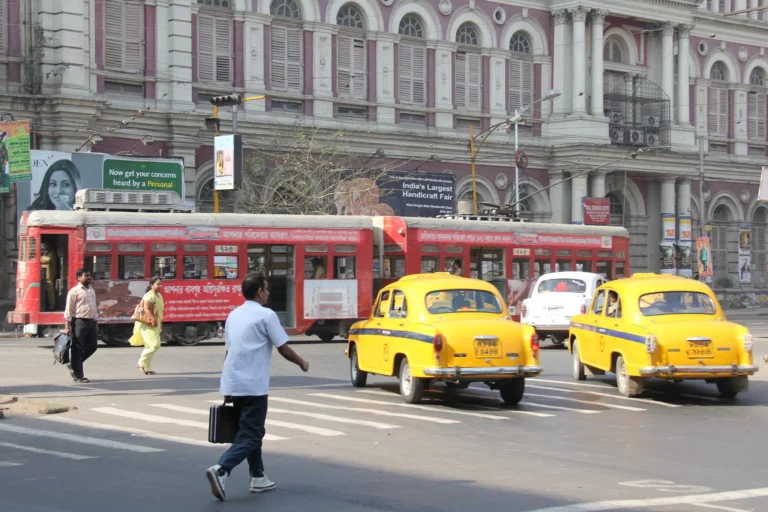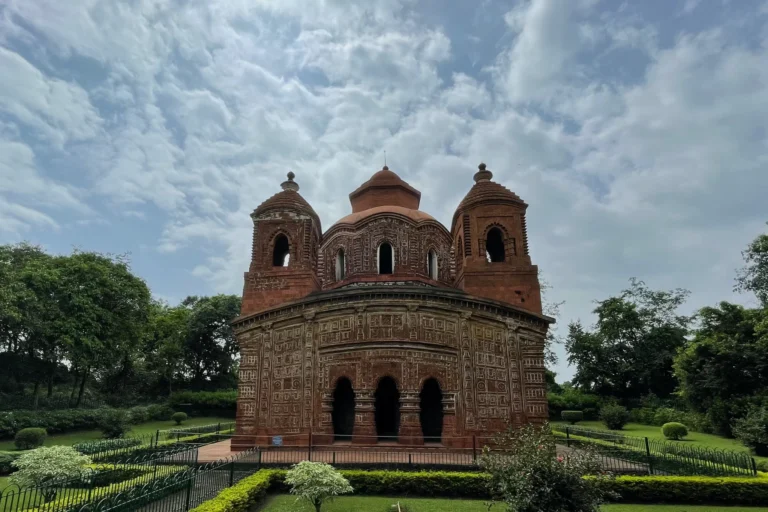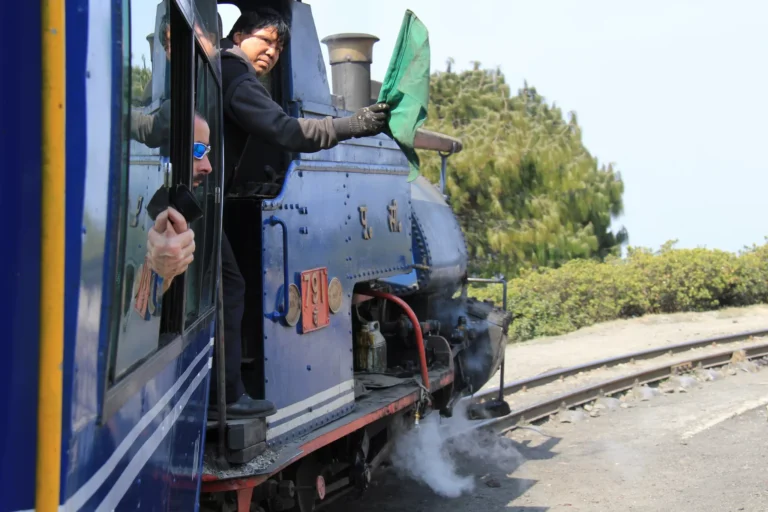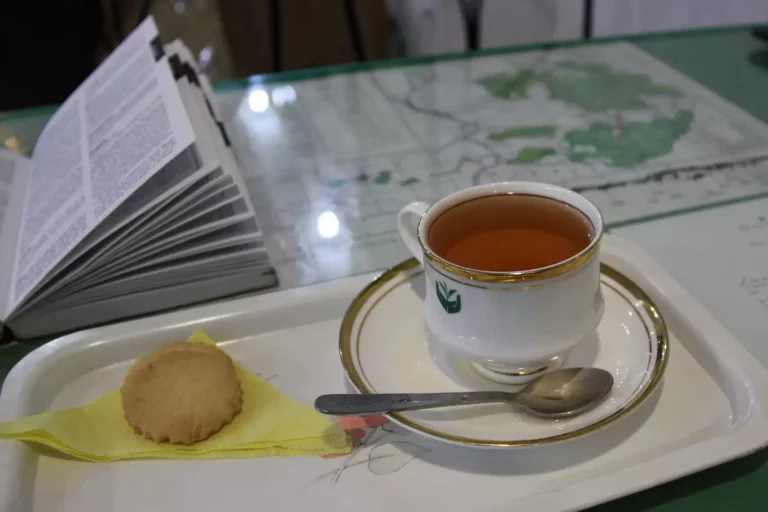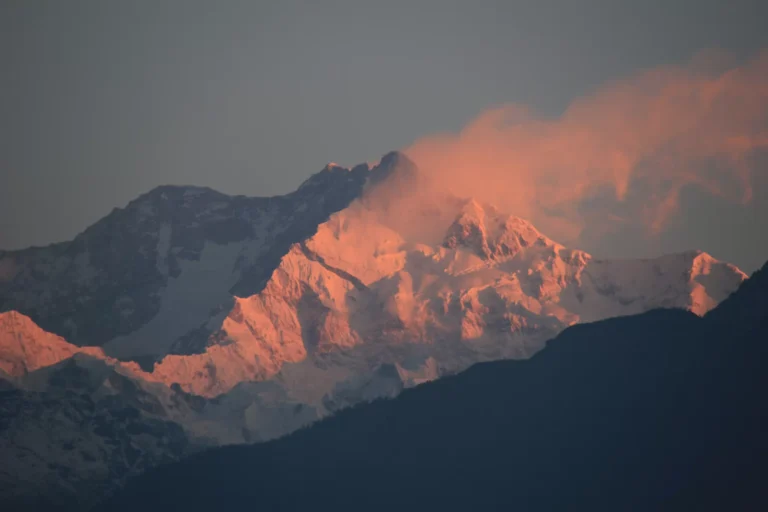Escape on a road less travelled through West Bengal and Sikkim on a fortnight of Eastern discovery.
Kolkata is an enigmatic time-capsule of British colonial architecture, some grand, and some crumbling slowly in Venetian style under the tropical sun. Travel up country through West Bengal taking in the best of the cultural and historical heritage at the Bishnupur’s Terracotta temples, World Heritage Shantiniketan University campus and the 18th century palaces of the Nawabi era in Murshidabad, the erstwhile capital of the Mughal province of Bengal.
Marvel at the 13th-14th century monuments in Gaur and Pandua before reaching the Queen of the Hills, Darjeeling. Enjoy fine tea, great views and a ride on one of the most historic railway routes in the world in a quaint city that still retains a flavour of the Raj.
The erstwhile kingdom of Sikkim is one of India’s best kept secrets. The south is a mountainous maze of zig zag roads linking the main towns, traversing plunging valleys thick with lush subtropical woodlands and rhododendron groves. The land rises in the north to the spectacular white-top peaks of the eastern Himalayas, including the world’s third-highest mountain, Kanchenjunga (8598m). On clear days, spectacular sweeping Himalayan vistas are to be had from many vantage points.
Sikkim’s distinctive culture is an amalgamation of Bhutanese, Tibetan, Nepalese and Indian influences. Meditative, mural-filled Buddhist monasteries fluttering with colourful flags coexist with Hindu shrines.
